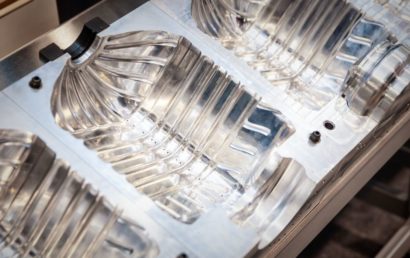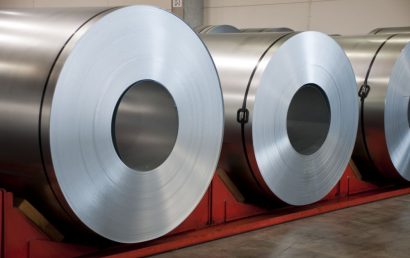Tips For Utilizing Thermal Spray For Plastic & Metal Parts
Using thermal spray for improving the aesthetics of fresh, new designs, and additionally extending the life of them, is possibly one of the best tips that can be given to any industry. Today’s methods of advanced processing and engineered coatings are pushing the limits of plastic and metal components beyond anything ever imagined in decades past.
The Importance of Thermal Spray
Today, engineers can create designs with weaker base materials, and lighter, less-expensive materials thanks to surface properties being improved through thermal spray technology. Thermal spray coatings of cerment, ceramic, carbide or metallic material reportedly perform better or as well as parts which have been produced for a significantly lower investment, in the same material. Additionally, thermal coated parts offer more resilience where corrosion, wear, and heat may degrade conventional resurfacing processes or coatings.
Thermal spray coatings were designed for grueling environments and can handle a vast array of applications from galvanized steel and jet engine turbines to hospital beds and golf club heads. When wear resistance and heat are is primary demands, they excel. What’s more, they can boost oxidation and chemical resistance, restore parts to their original dimensional specifications, and provide frictional and electrical properties.
Thermal Spray’s Many Applications
Dross development and wear are problems that plague processing-line rolls in the steel industry. This significantly shortens the work life of both. On galvanizing lines, where temperatures can range up to 850°, conditions are the harshest. But when tungsten carbide is applied to stabilizer and sink rolls, they are better able to resist corrosion and wear.
Beginning way back in the 1950s, the application responsible for using thermal spray coatings the most has been the aerospace industry. The process performs well under the intense demands required of landing gear and aircraft engines. Thermal spray is applied here to resist heat, corrosion, and wear.
Gas and oil industries use thermal spray coatings in pumps, turbines, and compressors. Wear-resistant coatings on piston rods, sleeves, and shafts extend the life of equipment and assure smooth operation.
In paper-converging lines, paper mills coat rolls much as in the steel industry. These coatings assist release and protect the paper products’ quality, as well as mitigating wear.
Thermal spray coatings are utilitarian for restorative work, no matter what the industry. As an example, worn tooling can be revitalized with thermal spray coatings. Dies or tools worn beyond acceptable tolerance, thanks to thermal spray coatings, can again be restored to their original specifications. As an economical alternative to chrome plating, thermal spray is also commonly used.
The Thermal Spray Process
Vital to the success of the thermal spray process is the preparation of the substrate, but no problem should be posed by the shape or size of the part involved in the process. Another plus is that numerous parts can be sprayed at the same time. To eliminate worries over contamination, tiny parts can be sprayed in a vacuum. The coating will determine the spray technique which will be employed. Usually, the available processes for thermal spray can include flame spray, electric arc, plasma spray, or high-velocity oxygen fueled (HVOP).
For the highest quality thermal spray services available, contact A&A Coatings to protect your parts, your machinery, and your finished product. Your bottom line could depend on it.



